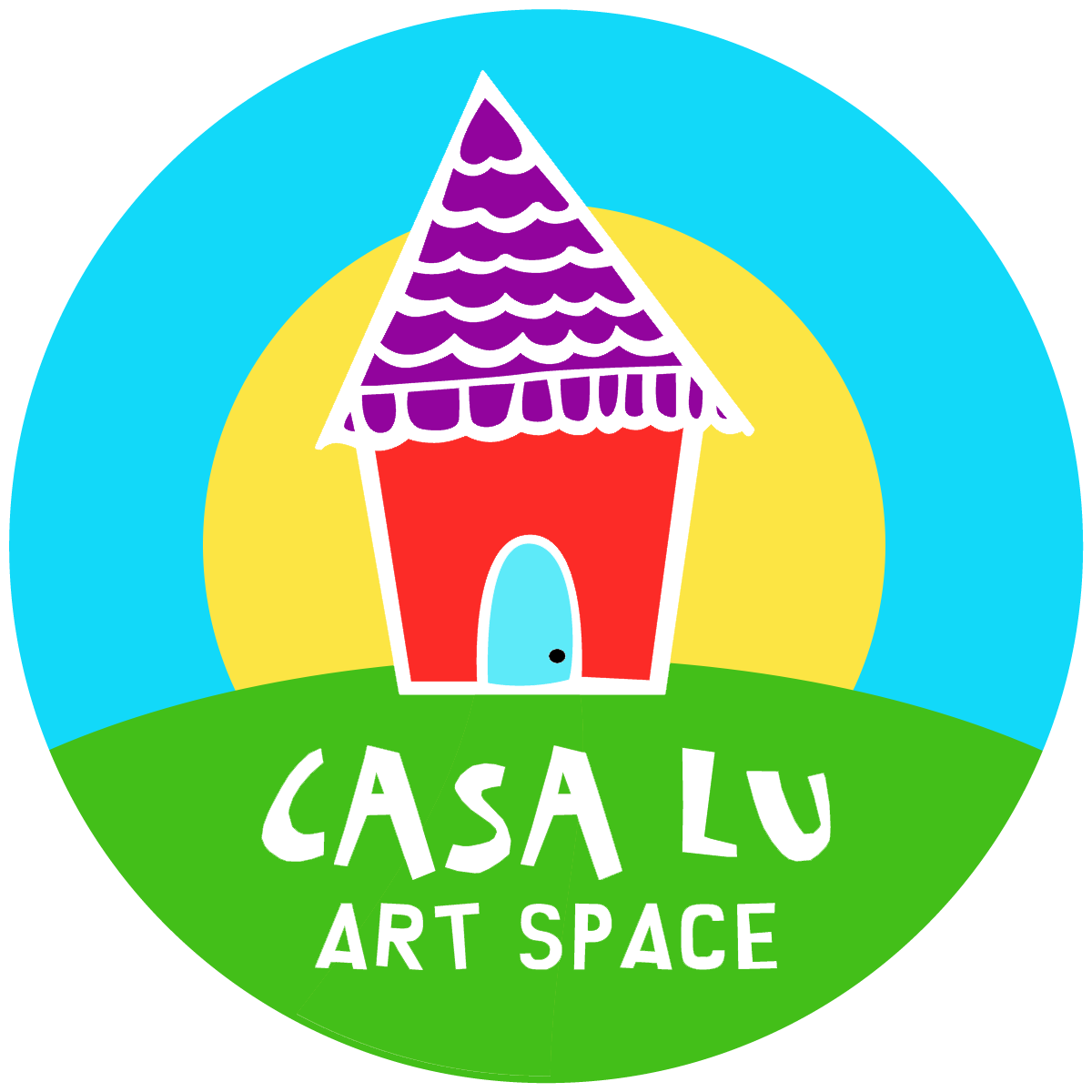Why Spanish Immersion Works Better Through Play
For young children, language is something learned best through experience, not memorization. And when it comes to learning Spanish—or any second language—play provides the perfect environment. Elementary-aged kids are naturally curious, imaginative, and quick to absorb new sounds and patterns. Immersing them in a playful, engaging space allows language learning to happen organically, without the pressure of traditional classroom methods.
Unlike adults, children don’t need to understand grammar rules to begin speaking a new language. They learn by doing, hearing, and repeating. In a playful immersion setting, Spanish becomes part of their environment. Whether they’re pretending to cook in a play kitchen, singing along to a Spanish song, or listening to a story about animals, they’re surrounded by meaningful, contextual language.
This method of learning is also supported by neuroscience. The brain’s language centers are highly responsive to patterns heard during childhood. When children hear “Vamos a pintar” (Let’s paint) or “Pasa la manzana” (Pass the apple) during an activity, their brains make natural connections between the word and the action. These associations are deeper and longer-lasting than memorized vocabulary lists.
Another major benefit of play-based immersion is confidence. In a fun, relaxed setting, kids are more likely to speak up, make mistakes, and try again—without fear of embarrassment. This builds resilience and a positive attitude toward learning languages. They begin to see Spanish not as a “school subject” but as a living, breathing part of their world.
Cultural exposure is another rich layer. Spanish immersion programs often incorporate cultural traditions through music, dance, and storytelling, helping kids develop a deeper appreciation of the diverse Spanish-speaking world. They might learn about Dia de los Muertos, play traditional games, or cook foods like arepas, empanadas, tortillas—all while expanding both their worldview and vocabulary.
Ultimately, play transforms language learning into something joyful and memorable. And when kids associate Spanish with fun and success, they’re more likely to stick with it long-term.
